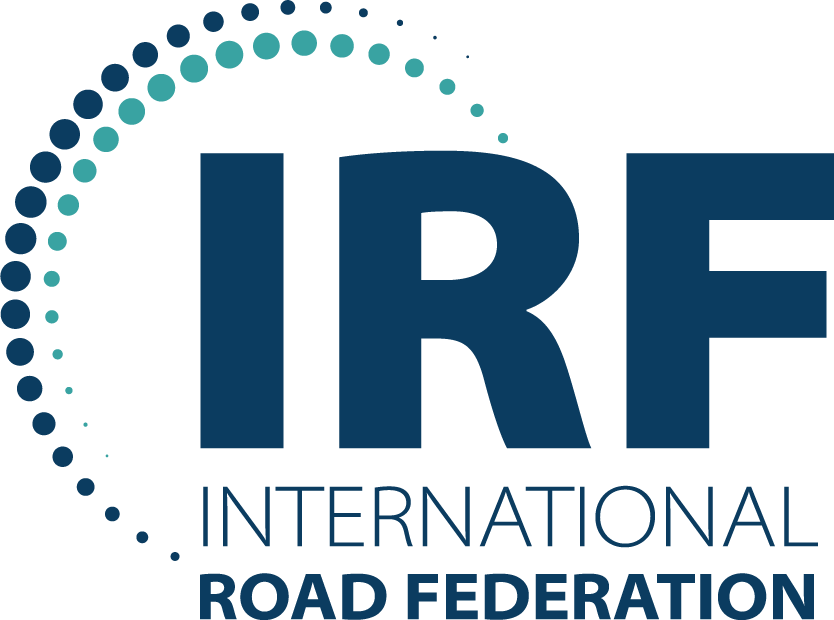PAPUA NEW GUINEA
ROAD SAFETY PROFILEThe ATO road safety profiles offer insights into the road safety in 37 Asia-Pacific countries by utilizing road safety related data from various sources and policy information extracted from a range of documents.
These road safety profiles were developed by the Asian Transport Observatory in collaboration with the Asia Pacific Road Safety Observatory (APRSO) and the International Road Federation (IRF). This September 2025 edition updates the February 2025 release—prepared for the Global Ministerial Conference on Road Safety in Marrakech—to inform discussions at the Asia-Pacific Regional Road Safety Conference in Manila.
Country Summary
Road safety remains a significant challenge in Papua New Guinea. In 2021, road crash injuries ranked 12th of all causes of deaths in the country. While progress has been made in reducing fatalities, the country still faces a high burden of road traffic injuries and deaths.
Despite the data discrepancies, disaggregated data provides valuable insights into the characteristics of road crashes in Papua New Guinea. The share of female fatalities remained stagnant at 29% during this period, mirroring the Asia-Pacific average. Minors (<14 years old) and seniors (>65 years old) constituted 39% of road crash fatalities between 2015 and 2019.
The economic impact of road crashes in PNG is substantial. Estimated at approximately 969 million USD in 2021, this cost represents roughly 4% of the nation's GDP. This figure significantly outweighs the country's healthcare expenditure of 2.3% of GDP in the same year, highlighting road crashes' disproportionate burden on the economy.
Furthermore, road crashes account for a significant 92% of the implicit costs associated with fossil fuel subsidies in transport. The International Road Assessment Programme (iRAP) estimates that an annual investment of 52 million USD, or just 0.2% of PNG's GDP, could potentially prevent around 500 fatalities each year, demonstrating the potential for cost-effective interventions.
The quality of road infrastructure plays a crucial role in road safety. As of 2024, only 1% and 2% of Papua New Guinea's road infrastructure had a 3-star or better iRAP rating for pedestrians and vehicle occupants, respectively. These figures lag behind the Asia-Pacific averages.
Policy Landscape
No data
| General transport asset management | Maintain 100% of roads | 2030 | Development Strategic Plan 2010-2030 | 2010 |
| General transport asset management | All sealed/unselad priority non-core and core roads in fair to good condition are provided routine and periodic maintenance. Twenty percent of sealed and unsealed roads in fair and good condition are resealed/regraveled annually All sealed priority non-core roads in poor condition are in fair or good condition by 2028 All unsealed priority non-core roads in poor condition are in fair or good condition by 2028 All core and priority non-core sealed roads will be in fair or good condition by 2028 All core and priority non-core unsealed roads will be in fair or good condition by 2028 All routine maintenance costs for non-priority roads are included in phase 2 budget requirements | 2028 | National Roads Network Strategy 2036 | 2018 |
| General transport asset management | All sealed non-priority roads in poor condition are brought to fair or good condition by 2037 All unsealed non-priority roads in poor condition are brought to fair or good condition by 2037 All routine and periodic maintenance costs for the core and priority non-core roads are included in the phase 3 budget requirement All NRN sealed roads will be in fair or good condition by 2037 All NRN unsealed roads will be in fair or good condition by 2037 | 2037 | National Roads Network Strategy 2036 | 2018 |
References
ATO. National Database (2024). https://asiantransportoutlook.com/snd/
IMF. (2024). Climate Data. https://climatedata.imf.org/pages/access-data
Institute for Health Metrics and Evaluation. (2021). GBD Results. GBD Results. https://vizhub.healthdata.org/gbd-results
Institute for Health Metrics and Evaluation. (2024). Global Burden of Disease Study 2021 (GBD 2021) Cause-Specific Mortality 1990-2021. https://ghdx.healthdata.org/record/ihme-data/gbd-2021-cause-specific-mortality-1990-2021
iRAP. (2024). Safety Insights Explorer. iRAP. https://irap.org/safety-insights-explorer/
Nirandjan, S., Koks, E. E., Ward, P. J., & Aerts, J. C. J. H. (2022). A spatially-explicit harmonized global dataset of critical infrastructure. Scientific Data, 9(1), 150. https://doi.org/10.1038/s41597-022-01218-4
United Nations Department of Economic and Social Affairs Population Division. (2022). World Population Prospects 2022. https://population.un.org/wpp/
WHO. (2023). Global Status Report on Road Safety 2023. https://www.who.int/teams/social-determinants-of-health/safety-and-mobility/global-status-report-on-road-safety-2023
World Bank. (2023). GDP, PPP (current international $). World Bank Open Data. https://data.worldbank.org/indicator/NY.GDP.MKTP.PP.CD
World Bank. (2024). Current health expenditure (% of GDP). World Bank Open Data. https://data.worldbank.org/indicator/SH.XPD.CHEX.GD.ZS





